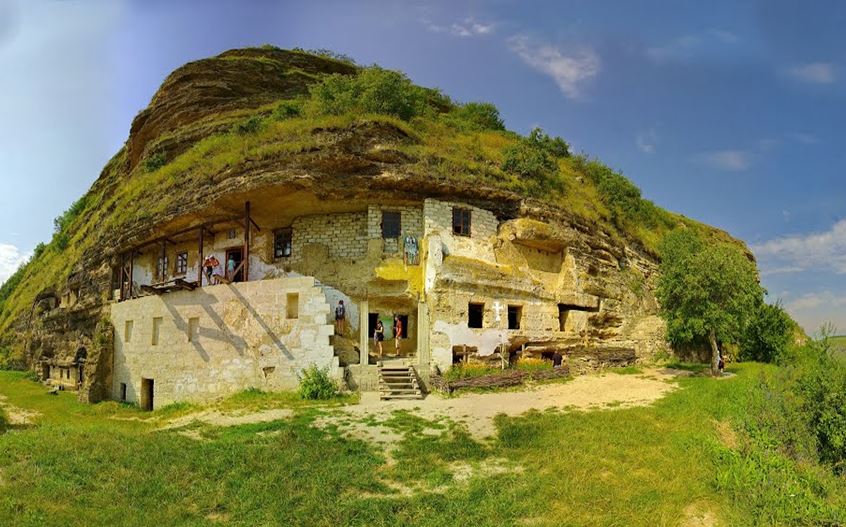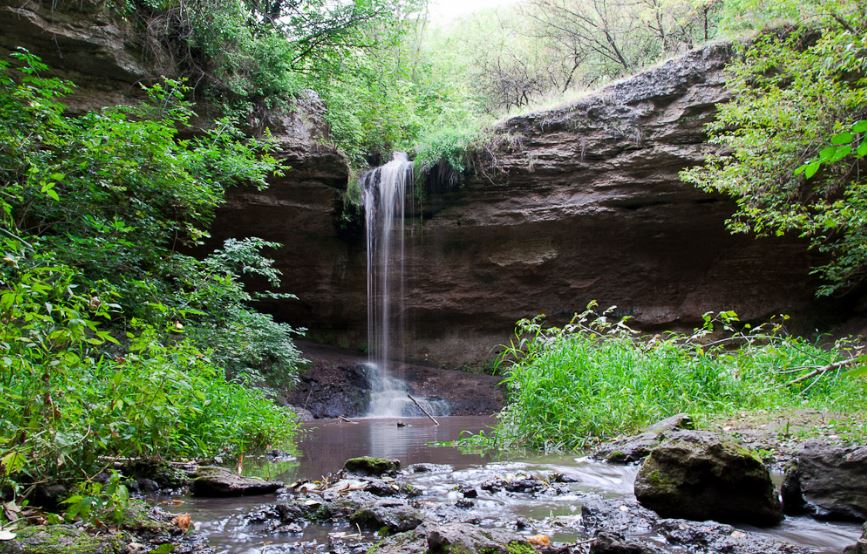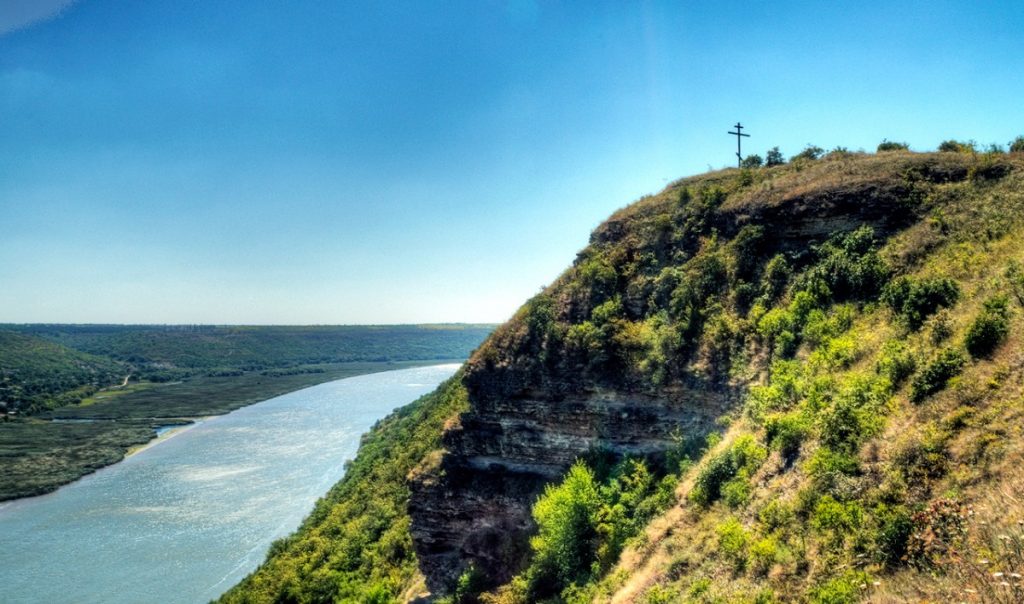Religious Tourism.
Holy places as elements of culture heritage are of particular interest to visitors,being included in various travel packages.
Currently about 1,200 churches operate in Moldova,81 of which are included in the list of monuments protected by the State,and 56 monasteries that are also part of the cultural heritage of the country.
Capriana Monastery.
Capriana monastery dedicated to the “Assumption of Virgin Mary” is located in Capriana village,36 km northwest from Chisinau city and 16 km far from Straseni town,being one of the oldest monasteries of Bessarabia. The first documented reference of the church dates back to 1420. Having the status of monastery of the prince,several princes of Moldova took care of the monastic endowment. The monastery,which was built at the first of wood,suffered from the repeated invasion of the Tatars or Turks. Stefan the Great is the founder of the stone church dedicated to the “Assumption of Virgin Mary”(1491-1496).
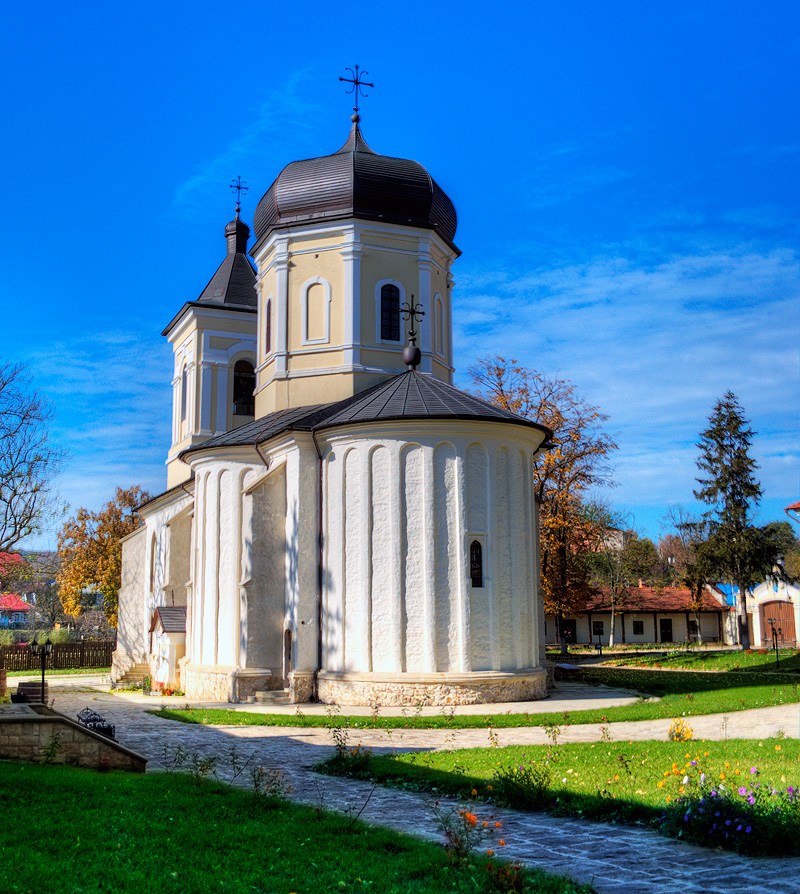
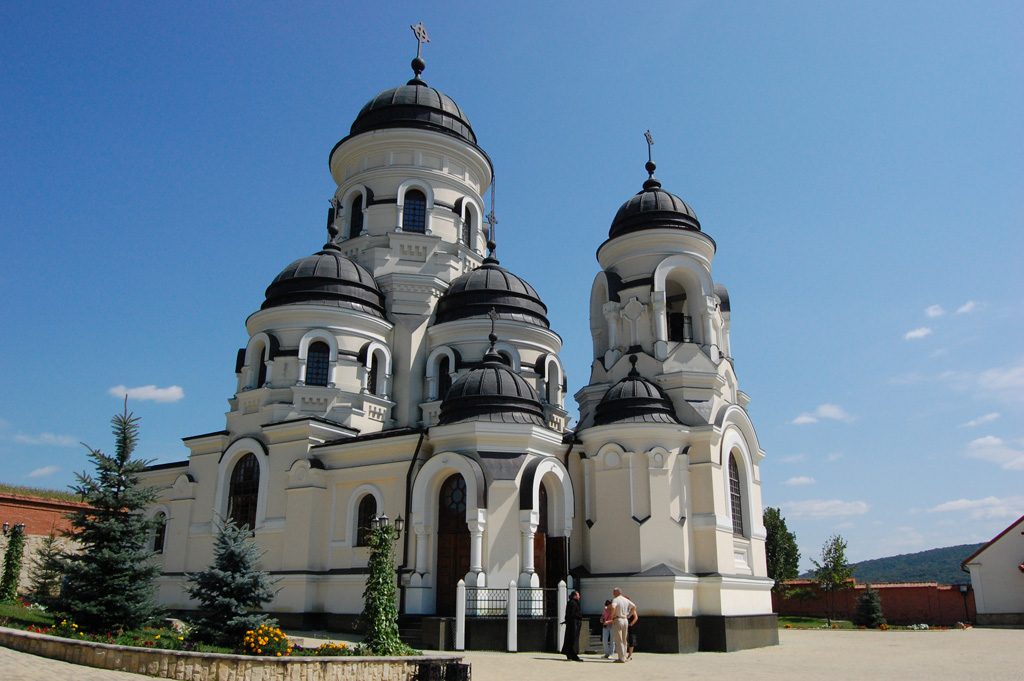

Curchi Monastery.
Curchi monastery dedicated to the “Nativity of Virgin Mary” is located in Curchi village,Orhei district,12 km far from Orhei town and 55 km far from Chisinau. The monastery has a religious and cultural past of two centuries and a half. This monastery was considered before and now “the most beautiful and most famous monastery in Bessarabia”. According to some legends, Curchi Monastery was founded by Stefan the Great, and the architectural complex was formed later in the 18th and 19th centuries.
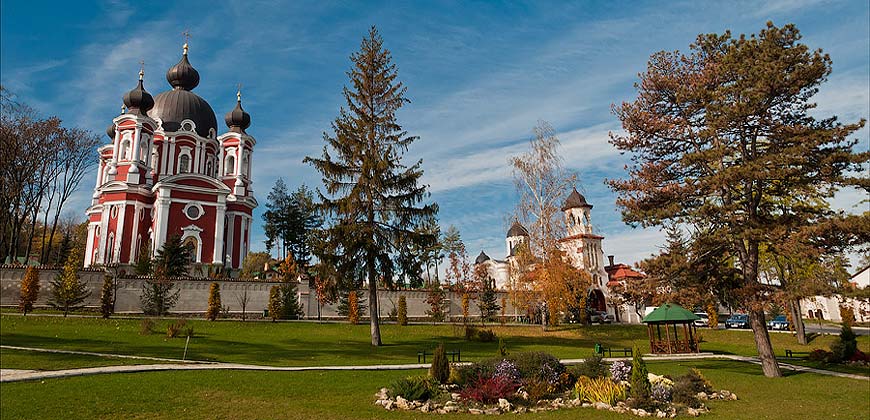


Zabriceni Monastery.
Zabriceni Monastery dedicated to the “Nativity of Our Lord” is located about 200 km north from Chisinau city and 12 km far from Edinet town. The monastic settlement is located at the edge of a forest in a very picturesque place. At the monastery all praises and Divine Liturgy are celebrated. The style typical to monastery is the Byzantine,following the model of Mount Athos. Choir chant is Psaltic-Byzantine.
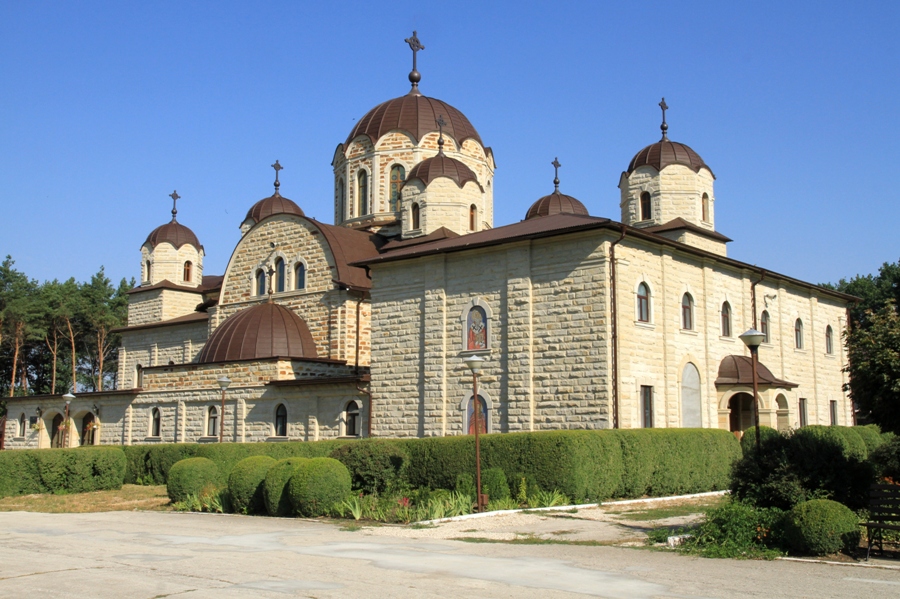
Calaraseuca Monastery.
Calaraseuca Monastery dedicated to the “Assumption of Virgin Mary” is situated on the right bank of the Dniester River in Calaraseuca village, Ocnita district in the north of the Republic of Moldova,at a distance of about 210 km far from Chisinau city,4 km far from the Otaci town. Surrounded by rocks and the old Dniester River,its history begins with 1648. Those who come to the monastery can see the scenery of the landscape reserve “Calaraseuca” located near the holy sanctuary.
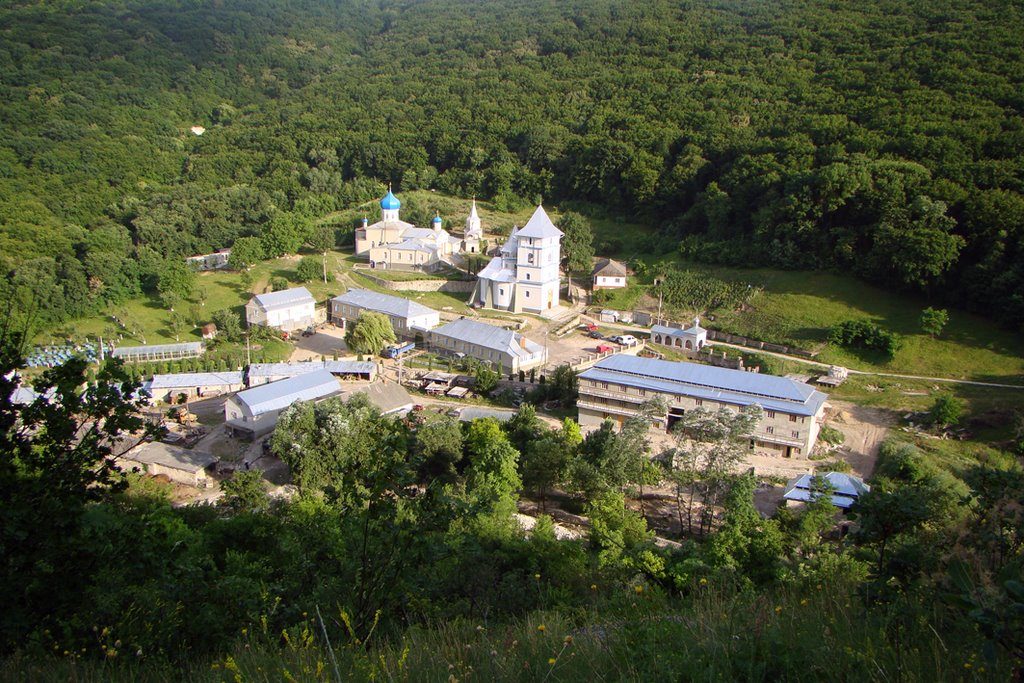
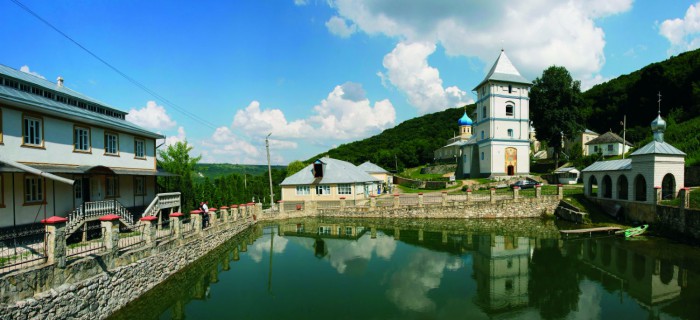
Dobrusa Monastery.
Dobrusa monastery dedicated to “Saint Nicholas the Great Holy Hierarch”,is located 127 km north of Chisinau city and 17 km far from Soldanesti town. It is situated between the hills covered with woods and surrounded by orchards. According to some sources the monastery was founded in 1772 by a monk loasaf who came from the monastery Probota,Suceava.
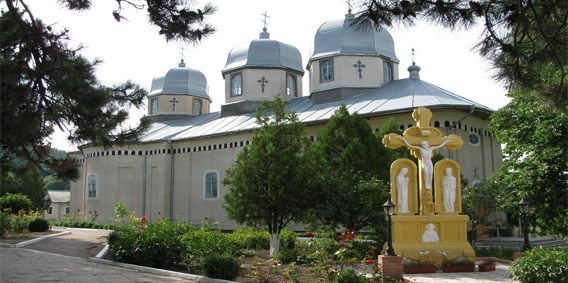
Hancu Monastery.
Hancu Monastery dedicated to “Pious Saint Paraskeva” is located about 70 km west of Chisinau and 32 km far from Straseni town.
In 1678 a new halidom began operating,carrying the name of the protector of Moldova-Pious Paraskeva. The founder of the monastery is considered to be the Moldovan boyar, serdar Mihalcea Hancu. Mihalcea Hancu’s personality opens a new page in the history of our nation’s Christianism, being recognized later as one the outstanding figures of medieval Moldova.
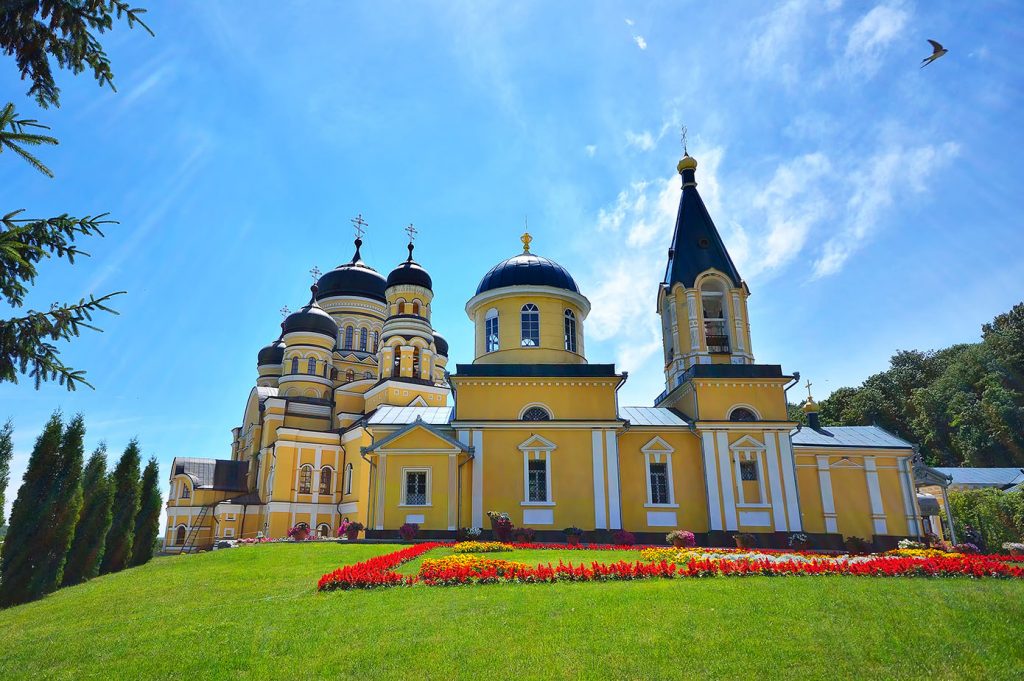

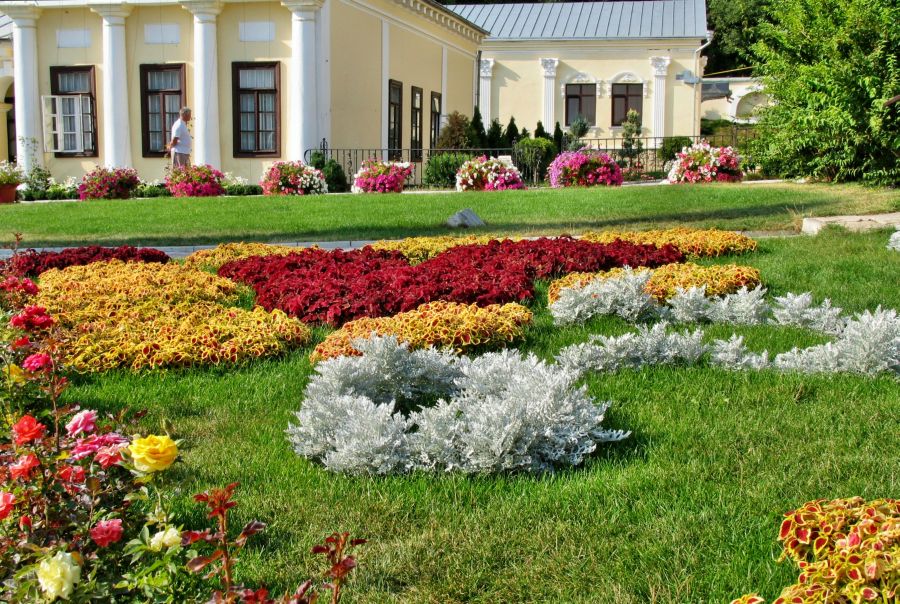
Frumoasa Monastery.
The beautiful monastery dedicated to the “Holy Trinity”,is located 65 km northwest of Chisinau city and 15 km far from Calarasi town. It is situated on a sloping hill surrounded on all sides by wooded hills and open view to the south,from where we can see the beautiful slopes with groves and lush gardens from the Ichel River Valley. In autumn 1804 three hieromonks,who came from the Neamtu monastery to Răciula skete,agreed to establish a monastery in Frumuşica glade.

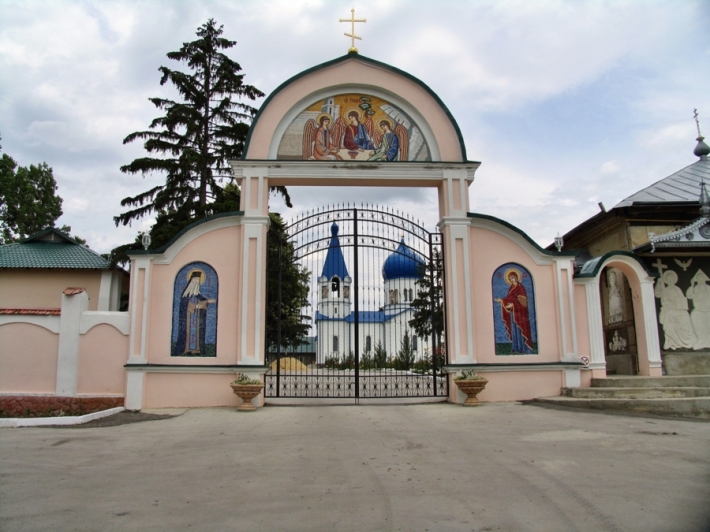
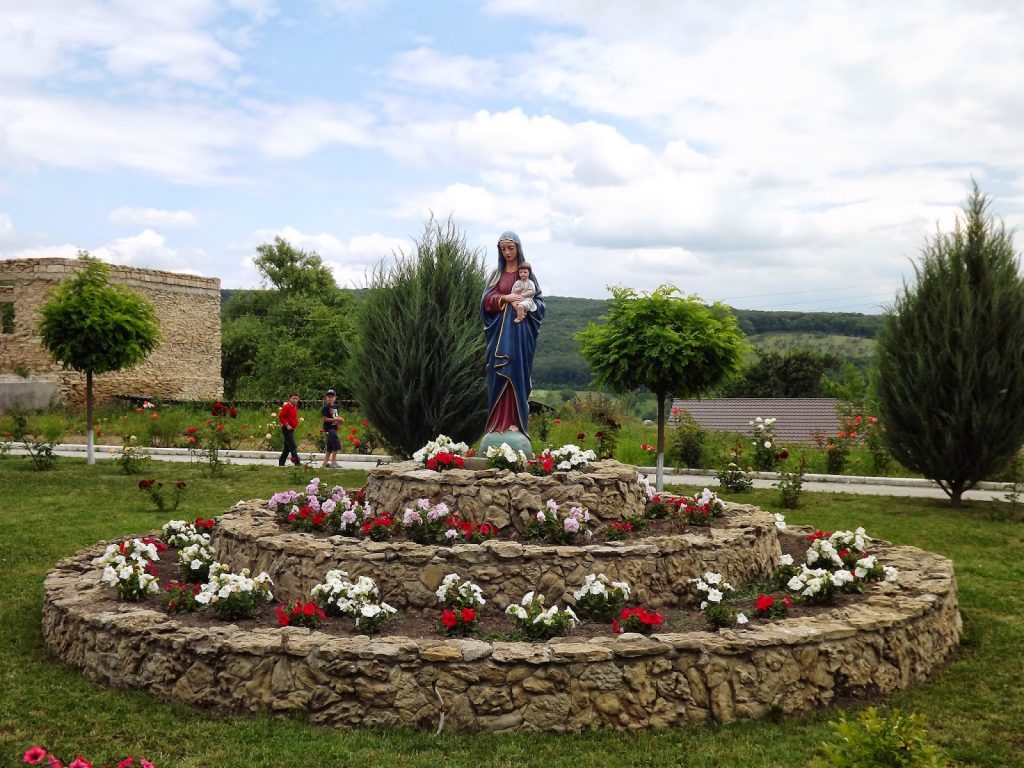
Harjauca Monastery.
Harjauca monastery dedicated to the “Ascension of Our Lord” was built on the bank of the Harjauca Rivulet and is located about 75 km west of Chisinau city and 24 km far from Calarasi town,at the foot of a hill covered with secular oaks. The monastic life begins to take shape in Harjauca around the year 1740. It is said that the skete of monks chooses as settlement the surroundings of a source suspected to have healing properties,in the heart of Codri,on the estate of boyar Niculita. The first church built was a wooden one with five beautiful towers and chosen titular Saint -“Assumption of Virgin Mary”.
Japca Monastery.
Japca monastery dedicated to the “Ascension of Our Lord” is located about 160 km north of Chisinau city, 50 km far from Soldanesti town and 45 km south of Soroca town. It is the only monastic settlement of the Prut and Dniester space operating continuously since its foundation. This monastery has a rare location envisaged by the beauty of the horizon opening to the tourists’ eyes. The rocks above the monastery and especially those of the old skete,the Dniester windings, which can be seen for a long distance,the oaks and gardens that surround it, form the special beauty of the monastery. The year of its foundation is 1770.
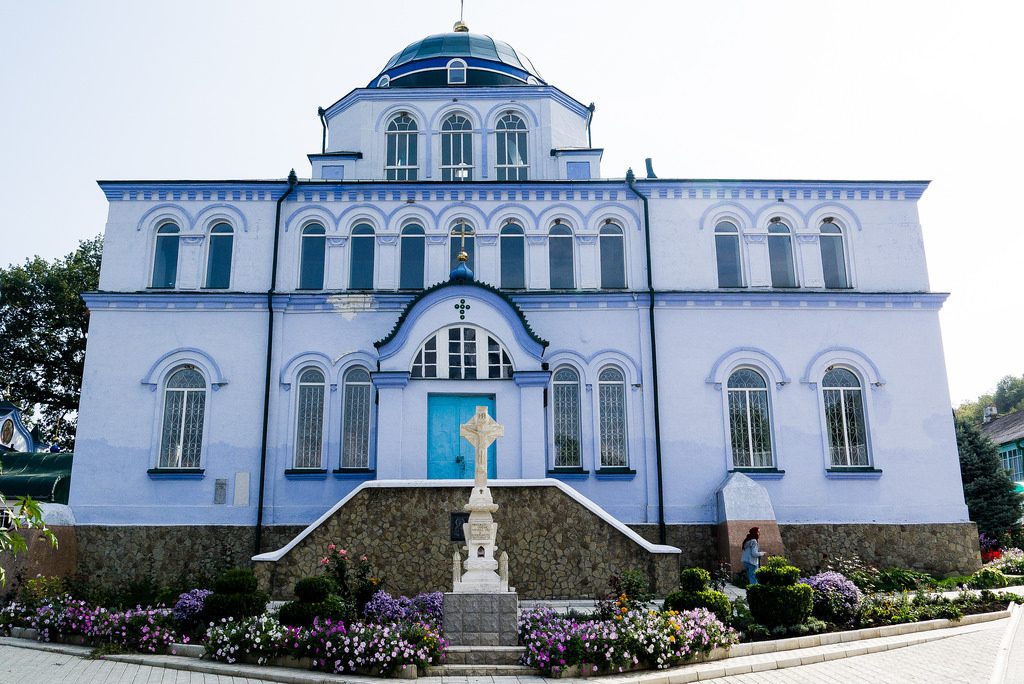
Harbovat Monastery.
Harbovat monastery dedicated to the “Assumption of Virgin Mary” is located on the valley of the Ichel River,about 70 km northwest of Chisinau city and 18 km far from Straseni town,being founded in 1730 by the boyar Constantin Carpuz. However,according to some historians,the monastery was founded in the 17th century by some monks who escaped and came here from the Bersan monastery-Poland,and its name would come from one of the first monks-loanichie.
Raciula monastery.
Raciula monastery dedicated to the “Nativity of Virgin Mary” is located about 70 km west of Chisinau city and 18 km far from Calarasi town. The monastery is located in the picturesque settlement of Orhei Codri, in a valley between two wooded hills strings called the Ichel River Valley. In the archives it is mentioned that the first church dedicated to the “Nativity of Virgin Mary” together with the bell tower were built in 1798 by monks from twigs coated with clay and covered with straw,the bell tower having four bells.

Rudi Monastery.
Rudi monastery dedicated to the “Holy Trinity” is located in the middle of the picturesque landscape, Rudi-Arionesti,not far from the Dniester River. It is located about 230 km north of Chisinau city,50 km far from Donduseni town and 17 km far from the Otaci town. The church dedicated to the “Holy Trinity” of Rudi monastery is special by its architecture with a well pronounced Moldovan character,reminding the medieval churches of Moldova of the 16th-17th centuries.
Saharna Monastery.
Saharna’s monastic complex dedicated to the “Holy Trinity” is located about 110 km north of Chisinau city,8 km far from Rezina town and 60 km far from Orhei town. It is located in one of the picturesque defiles near Saharna village,on the right abrupt bank of the Dniester River.
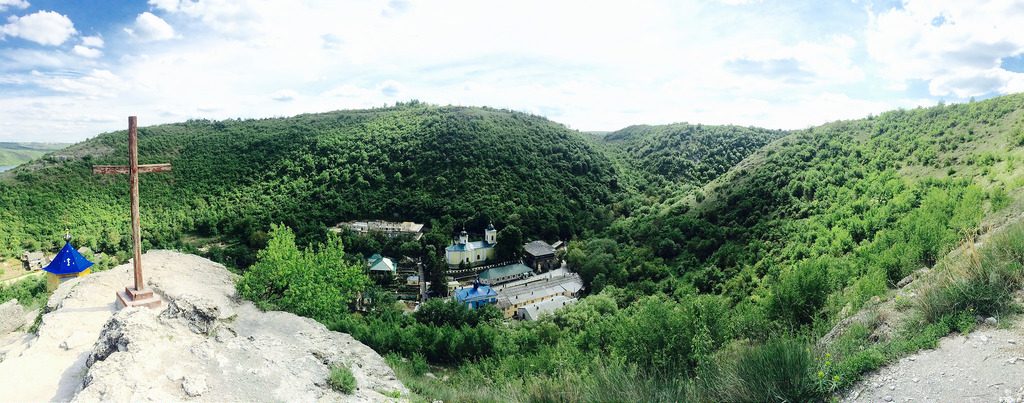
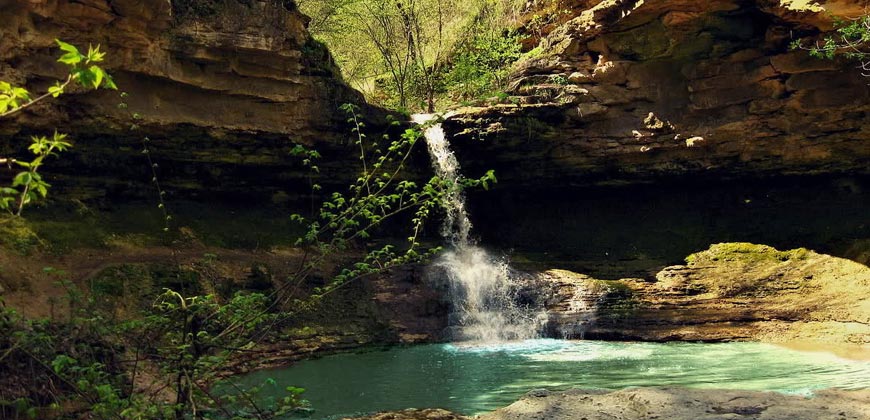
Noul Neamt (Chitcani) Monastery.
Noul Neamt Monastery dedicated to the “Ascension of Our Lord” is an Orthodox monastery of monks,located on the banks of the Dniester River,about 105 km East of Chisinau,30 km far from Causeni town and 20 km far from Tiraspol city.It is located on the outskirts of Chitcani village,only 10 km south of Tighina locality,also called Bender.
On 13 January 1864,the Emperor Alexander Nicolayevich approved the project on the establishment of the Holy Monastery,Noul Neamt for the community,for men in Chitcani village.
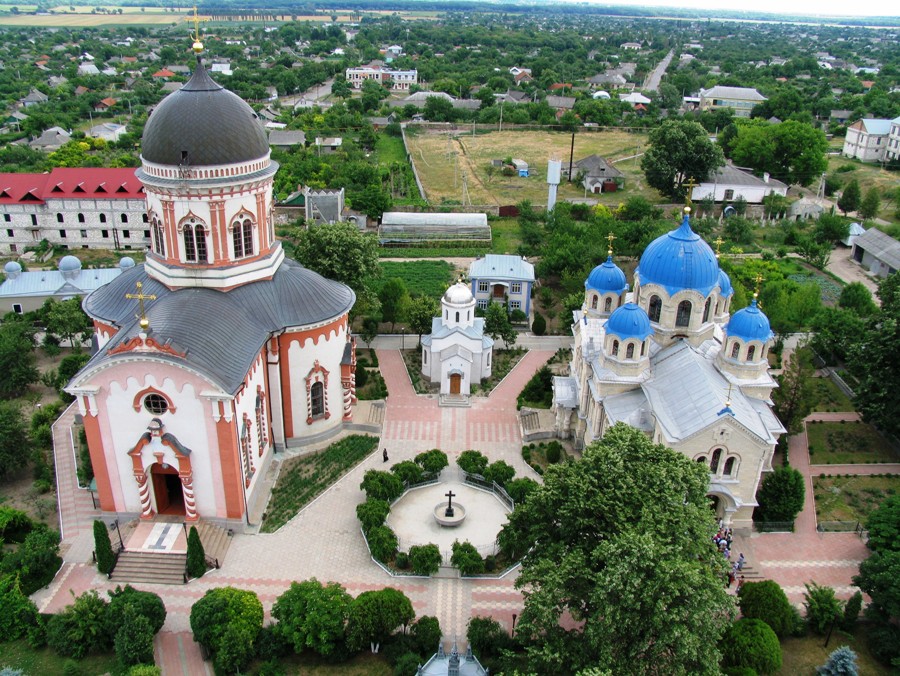
Tipova Monastery.
Tipova monastery dedicated to the “Assumption of Virgin Mary” is located approximately 100 km north of Chisinau city,40 km far from Rezina town and 45 km far from Orhei town,being one of the most beautiful monasteries in Moldova.It is located above the Dniester River and comprises three monastic complexes carved into the rock.The first complex consist of several cells and a church dedicated to the “Exaltation of the Holy Cross” and dates back to the 11th-12th centuries. The church dedicated to “Saint Nicholas” was the center of the second monastic complex,founded in the 14th century. The largest cluster of cells is located around the church dedicated to the “Assumption of Virgin Mary”,dating back to the 16th-18th centuties.
